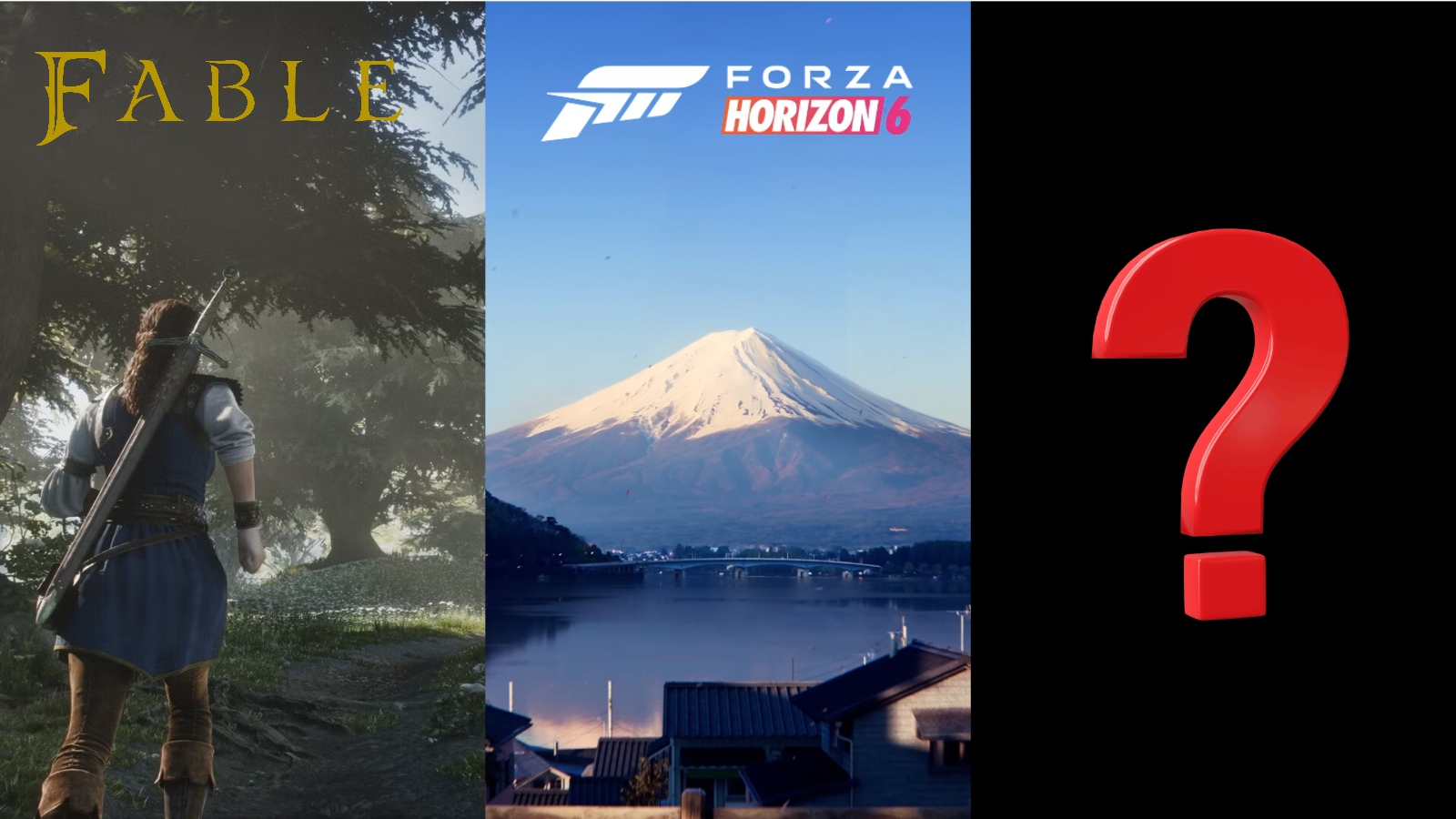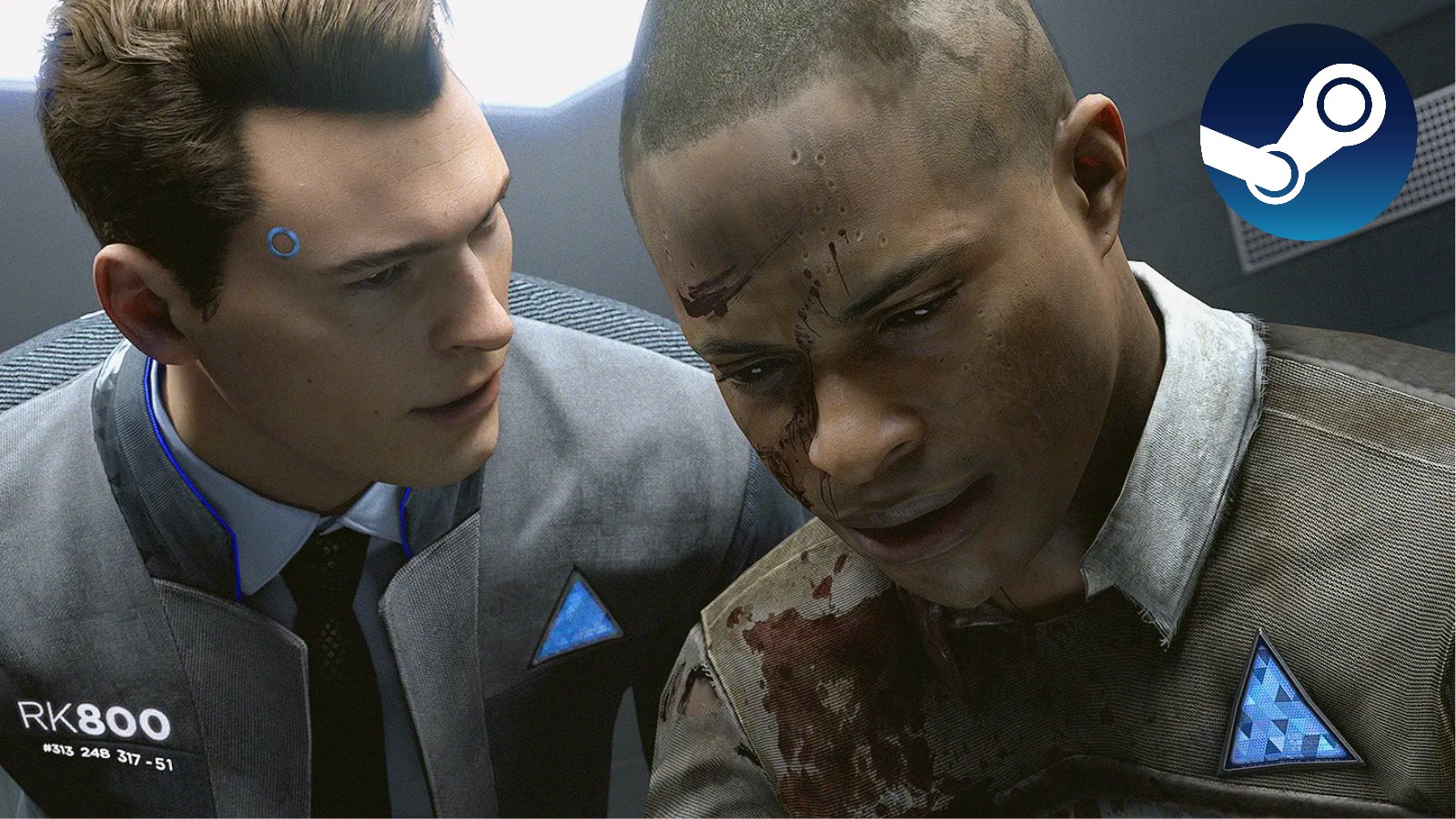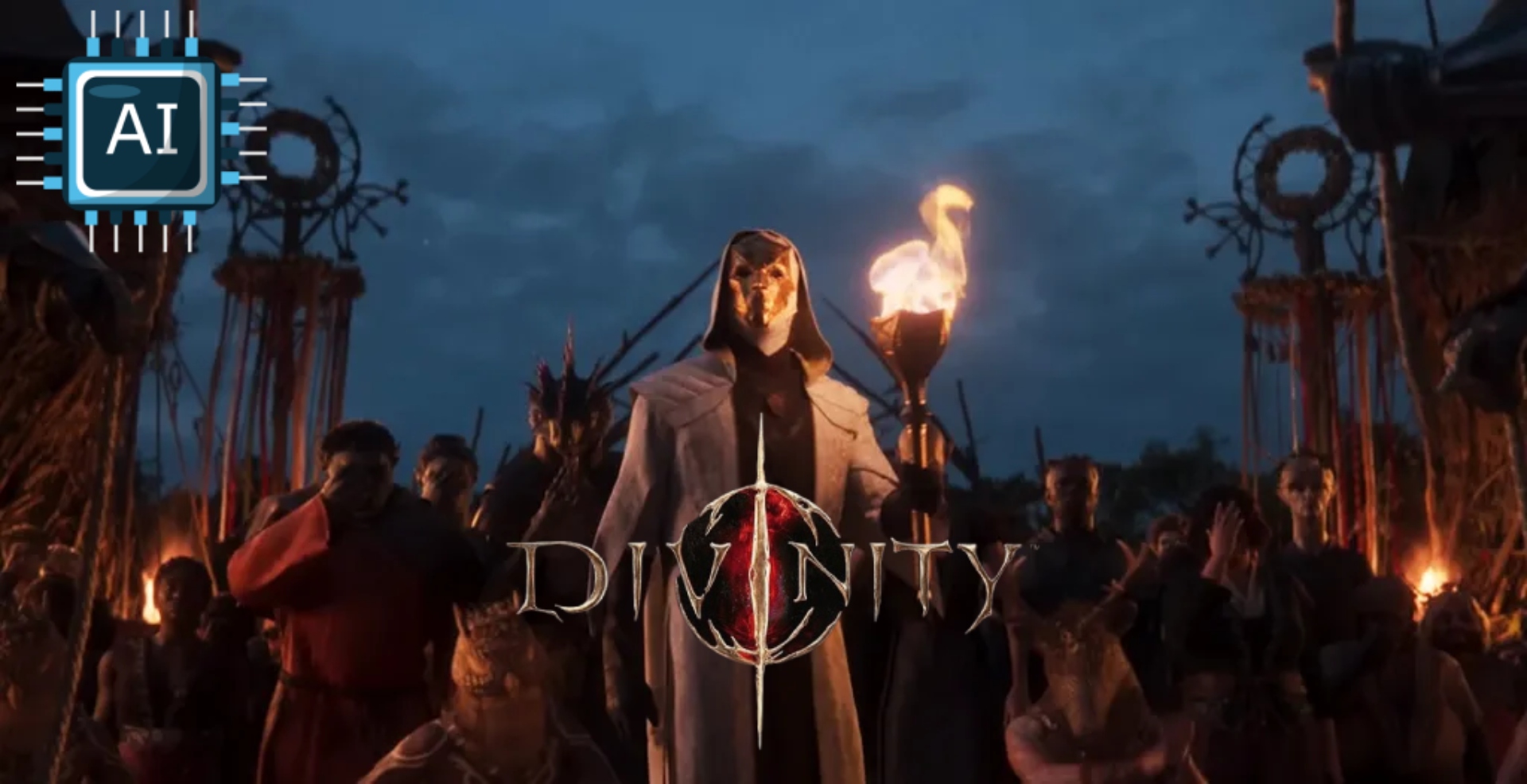- AMD has traditionally lagged behind Nvidia in RT performance.
- The RDNA 4 architecture is expected to be focused on improving this area with a new ray tracing engine.
- Nvidia is anticipated to deliver its next-generation Blackwell GPUs around the same time.
Traditionally, Nvidia has been ahead of AMD when it comes to integrating ray tracing in gaming. However, the most recent leak indicates that AMD’s ray tracing is set to undergo a radical transformation with the release of its RDNA 4 architecture, which is anticipated to arrive later in 2024.
AMD is keeping much information regarding its future RDNA 4 graphics architecture under wraps. Rumor has it that AMD’s high-end RDNA 4 products have all been canceled, but the company has not provided many official details about RDNA 4.
Nonetheless, new information suggests that RDNA 4 may bring several significant architectural advancements.
Why it matters: Given their competitive pricing, several of the most recent AMD cards can handle ray tracing. But when it comes to simulating ray tracing effects like shadows and reflections in real-time, Nvidia continues to be the clear winner.
We already know that AMD plans to make significant hardware upgrades related to ray tracing. Recent leaks of the PS5 Pro have verified this, but the nature of these architectural modifications is yet unknown.
Recently, certain information regarding the RDNA 4 architecture was made public by a known AMD leaker. Kepler stated that AMD’s new RDNA 4 ray tracing engine “looks brand new.”
He later emphasized in a follow-up post that RDNA 3’s ray tracing was based on RDNA 2 with small improvements. However, RDNA 4 seems to be aiming for a bigger breakthrough.
The new architecture should result in significant performance improvements. Regarding ray tracing, remember that AMD’s RDNA 2/3 graphics cards lag behind those made by Nvidia. This could change after the upcoming generation.
For AMD to compete with Nvidia, its ray tracing performance must be significantly improved.
The performance of ray tracing is becoming a more crucial component of modern games. AMD runs the danger of losing the interest of gamers concerned with performance if they don’t make significant progress in this area.
While AMD’s RT performance ought to increase significantly with RDNA 4, Nvidia is anticipated to deliver its next-generation Blackwell GPUs around the same time, so these GPUs will still face some fierce competition.
Thank you! Please share your positive feedback. 🔋
How could we improve this post? Please Help us. 😔
[News Reporter]
Malik Usman is student of Computer Science focused on using his knowledge to produce detailed and informative articles covering the latest findings from the tech industry. His expertise allows him to cover subjects like processors, graphics cards, and more. In addition to the latest hardware, Malik can be found writing about the gaming industry from time to time. He is fond of games like God of War, and his work has been mentioned on websites like Whatculture, VG247, IGN, and Eurogamer.




